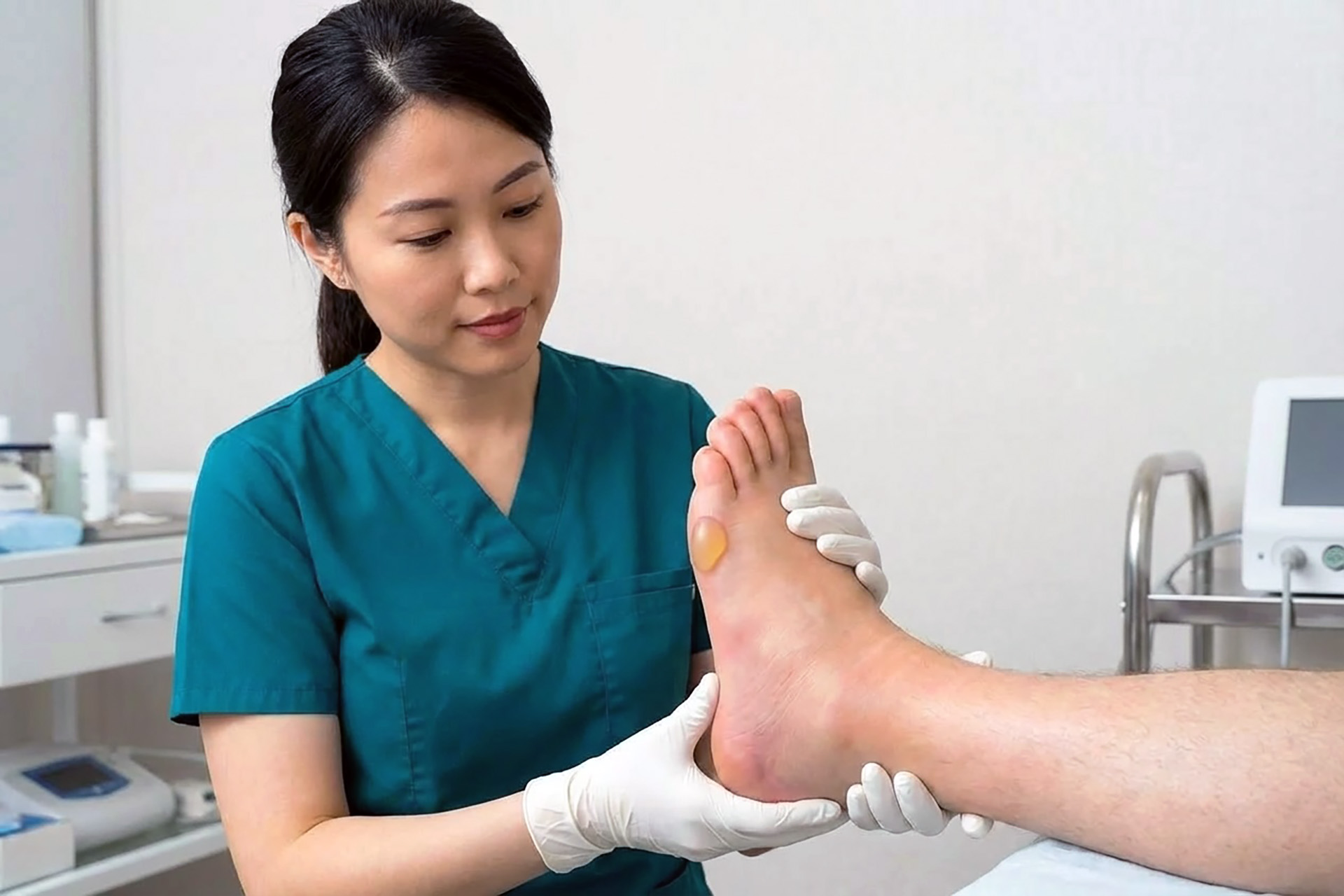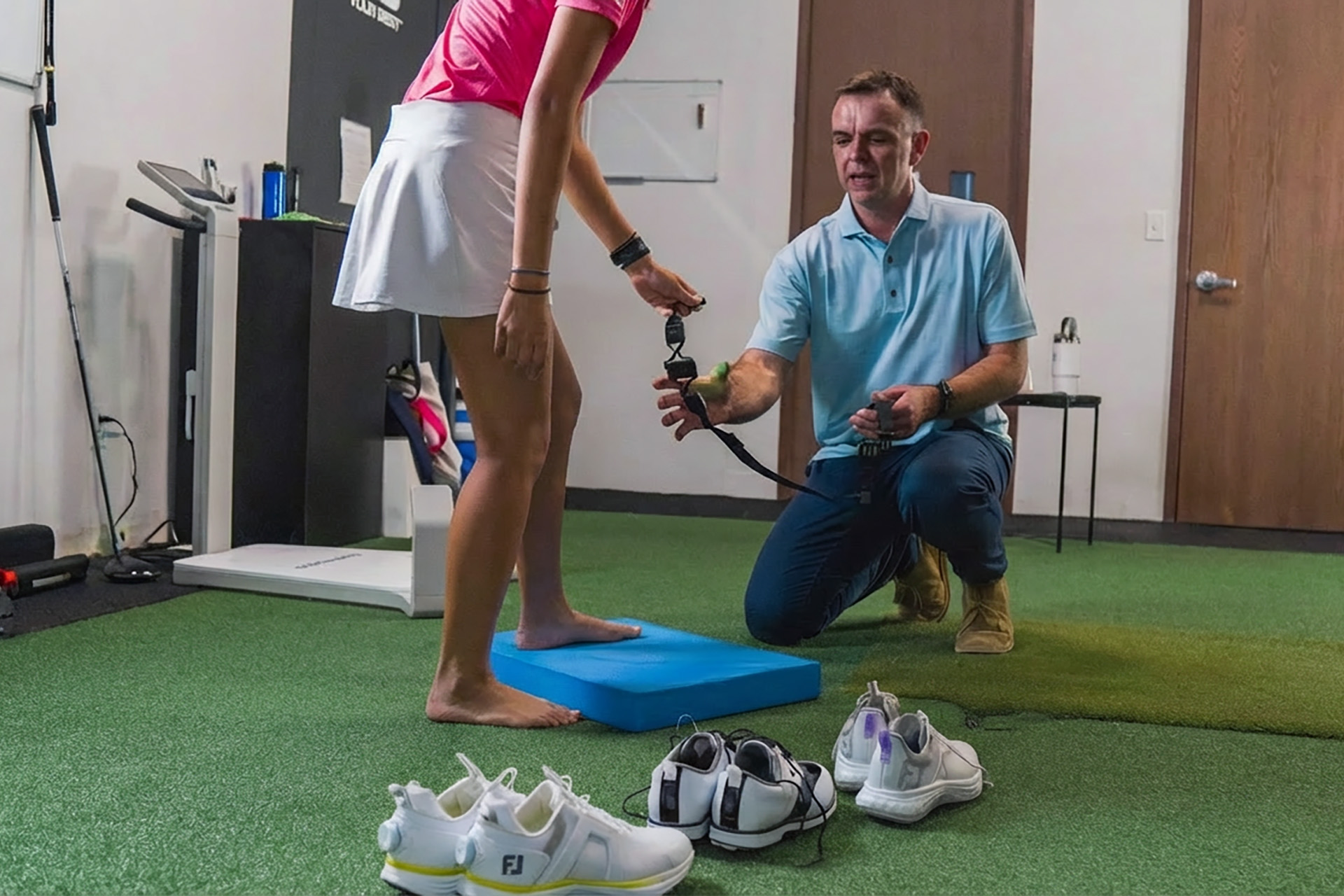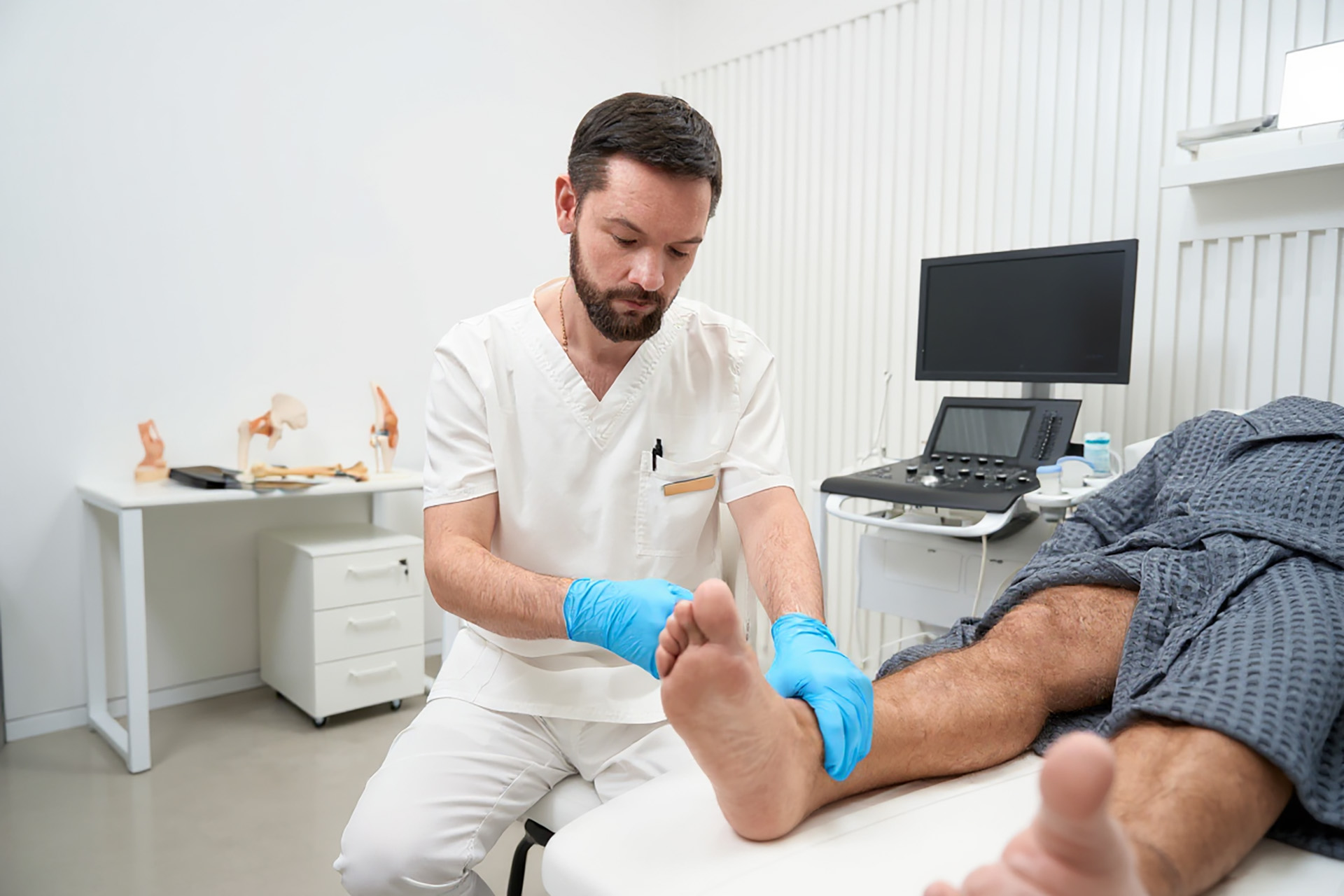Understanding and Managing Ankle Sprains
A sprained ankle is one of the most common musculoskeletal injuries, affecting people of all ages and activity levels. Whether you’ve twisted your ankle stepping off a kerb or rolled it during sports, the pain and inconvenience of an ankle sprain can significantly impact your daily life. This comprehensive guide will help you understand what happens when you sprain your ankle, how to recognise the severity, and most importantly, how to treat a sprained ankle effectively.

What Is an Ankle Sprain?
When you sprain your ankle, you stretch or tear the ligaments that connect the bones in your ankle joint. These ligaments provide stability and support, preventing excessive movement that could damage the joint. Most commonly, ankle sprains occur when the foot rolls inward (inversion sprain), affecting the lateral ligaments on the outside of the ankle. Less frequently, the foot may roll outward (eversion sprain), damaging the medial ligaments on the inside of the ankle.
An ankle sprain often occurs during physical activity, but can also happen during everyday movements, such as walking on uneven surfaces or descending stairs. The sudden twisting or rolling motion forces the ligaments beyond their normal range, resulting in damage that varies from mild stretching to complete tearing.
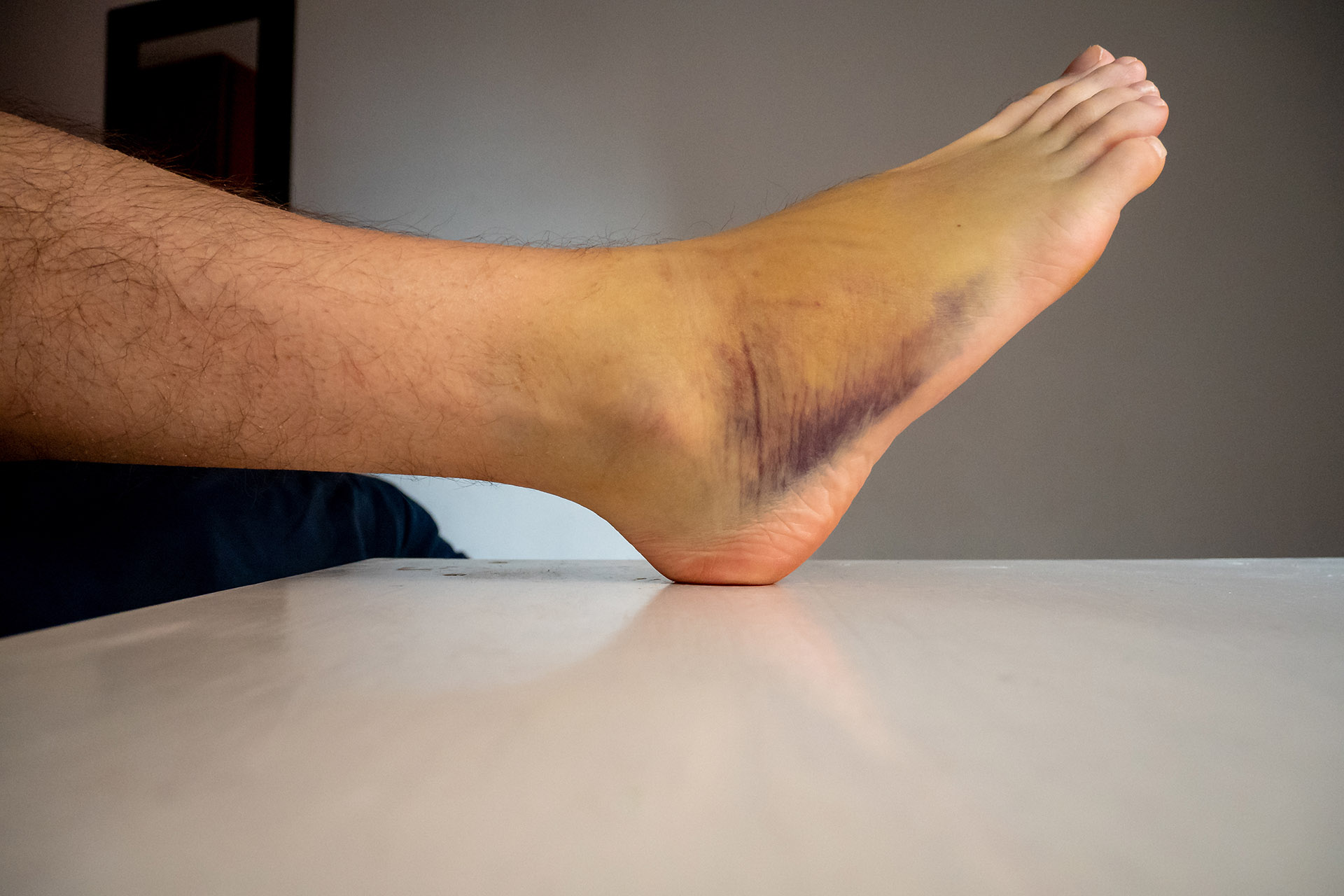
Grades of Ankle Sprain
Understanding the severity of your sprained ankle is crucial for appropriate treatment. Ankle sprains are classified into three grades, depending on the extent of ligament damage and associated symptoms:
Grade I Ankle Sprain
A Grade I ankle sprain involves stretching or minor partial tearing of the ligaments. While uncomfortable, this is the mildest form of ankle sprain. You’ll notice:
- Mild swelling and tenderness around the ankle
- Slight discomfort when walking
- Minimal loss of mobility
- Generally stable ankle joint
- Some stiffness, particularly in the morning
With proper ankle sprain treatment, Grade I sprains typically resolve within 1-3 weeks. You’ll usually be able to bear weight on the foot, though with some discomfort, and the ankle will remain stable when examined by a podiatrist.
Grade II Ankle Sprain
A Grade II ankle sprain represents a more significant injury, with partial tearing of at least one ligament—commonly the anterior talofibular ligament (ATFL). The symptoms are more pronounced:
- Moderate to severe swelling and pain
- Visible bruising developing within 24-48 hours
- Difficulty bearing weight and noticeably limping when walking
- Tenderness when the injured area is touched
- Limited range of motion in the ankle
Recovery from a Grade II sprained ankle typically takes 3-6 weeks with appropriate treatment. You may require additional support such as an ankle brace during this period.
Grade III Ankle Sprain
A Grade III ankle sprain is the most severe, involving complete tearing of one or more ligaments. This serious injury results in:
- Extreme swelling extending up the leg
- Significant bruising and discolouration
- Inability to bear weight without severe pain
- Marked instability of the ankle joint
- Potential long-term complications if not properly treated
Grade III sprains require comprehensive treatment and may take 8-12 weeks or longer to heal properly. In rare cases, surgical intervention might be necessary to repair completely torn ligaments.
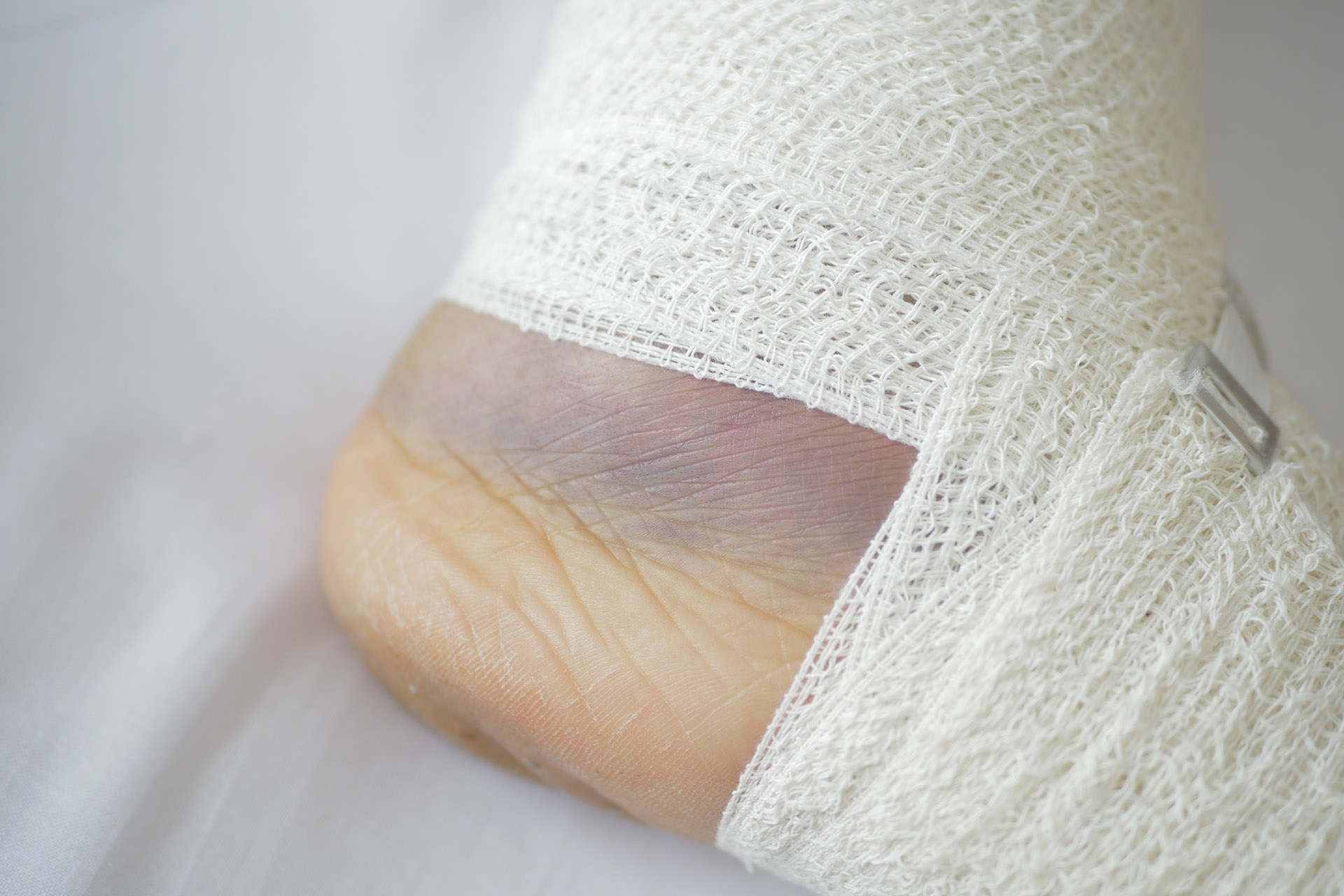
Immediate Treatment for Ankle Sprains
When you first sprain your ankle, implementing prompt and appropriate treatment can significantly affect your recovery timeline. The standard approach to initial sprained ankle treatment follows the PRICE protocol:
- Protection: Avoid activities that cause pain and protect the ankle from further injury.
- Rest: Limit weight-bearing activities to prevent exacerbating the injury.
- Ice: Apply ice wrapped in a thin towel for 15-20 minutes every 2-3 hours during the first 48-72 hours to reduce swelling and pain.
- Compression: Use an elastic bandage or ankle support to minimise swelling and provide stability.
- Elevation: Keep your ankle elevated above heart level when possible to reduce swelling.
In addition to the PRICE approach, non-steroidal anti-inflammatory medications such as ibuprofen or naproxen sodium can help manage pain and reduce inflammation. However, it’s advisable to consult with a healthcare professional before starting any medication regimen.

Comprehensive Ankle Sprain Treatment
Beyond immediate care, treating a sprained ankle effectively requires a structured approach tailored to the injury’s severity:
Mild (Grade I) Sprained Ankle Treatment
For mild ankle sprains, self-care measures are often sufficient:
- Continue with the PRICE protocol for the first 48-72 hours
- Use over-the-counter pain relievers as needed
- Begin gentle range-of-motion exercises once pain allows
- Gradually return to normal activities as comfort permits
- Consider an ankle support when returning to physical activity
Most people with Grade I sprains can expect a full recovery within two weeks with proper care.
Moderate (Grade II) Ankle Sprain Treatment
A moderate sprained ankle requires more comprehensive treatment:
- More rigorous adherence to the PRICE protocol
- Possible use of crutches or a walking boot for a short period
- Professional assessment by a podiatrist or physiotherapist
- Structured rehabilitation exercises to restore strength and stability
- Gradual, monitored return to physical activities
Recovery typically takes 3-6 weeks, and professional guidance is strongly recommended to ensure proper healing.
Severe (Grade III) Sprained Ankle Treatment
A Grade III ankle sprain demands intensive treatment:
- Immobilisation with a cast or boot for 2-3 weeks
- Use of crutches to avoid weight-bearing
- Professional evaluation to rule out associated injuries
- Comprehensive rehabilitation programme supervised by healthcare professionals
- Possible surgical intervention if conservative treatment proves insufficient
Recovery from a severe ankle sprain can take several months, and professional rehabilitation is essential to restore full function and prevent chronic instability.

Ankle Sprain Rehabilitation and Recovery
Regardless of severity, proper rehabilitation is crucial for complete recovery from a sprained ankle and prevention of future injuries:
Phase 1: Rest and Protection
During the acute phase (first 24-72 hours), focus on reducing pain and swelling with the PRICE protocol. Minimal weight-bearing is advised for moderate to severe sprains.
Phase 2: Recovery of Motion
As pain and swelling subside, begin gentle range-of-motion exercises to prevent stiffness and promote healing. These might include:
- Ankle circles
- Gentle flexion and extension movements
- Towel stretches for the Achilles tendon
Phase 3: Strength Building
Once basic movement is restored, focus on strengthening the muscles that support the ankle:
- Resistance band exercises in multiple directions
- Calf raises
- Toe curls and extensions
Phase 4: Balance and Proprioception
Restoring proprioception (your body’s awareness of its position in space) is crucial for preventing future sprains:
- Single-leg standing exercises
- Balance board training
- Walking on different surfaces
- Functional movements specific to your usual activities

Preventing Ankle Sprains
Once you’ve experienced an ankle sprain, you’re at higher risk for recurrence. Preventive measures include:
- Wearing appropriate footwear for your activities
- Using ankle supports during high-risk activities, especially if you have a history of sprains
- Maintaining strength and flexibility in the ankle through regular exercises
- Being mindful of surfaces you walk or run on
- Warming up properly before physical activity
- Gradually increasing intensity when returning to sports or exercise

When to Seek Professional Help for a Sprained Ankle
While many ankle sprains can be managed at home, certain symptoms warrant professional assessment:
- Inability to bear any weight on the affected foot
- Severe swelling or bruising
- Pain directly over the ankle bones
- No improvement after 5-7 days of home treatment
- Recurring ankle sprains or persistent instability
- Numbness or tingling in the foot
Seeking proper ankle sprain treatment from a podiatrist at The Foot Practice ensures accurate diagnosis and appropriate care. We can rule out fractures or other complications and provide tailored treatment for your specific injury.
Ankle Sprain Cure: Is Complete Recovery Possible?
While “cure” might suggest an immediate fix, recovering from a sprained ankle is typically a process rather than a single treatment. With proper care and rehabilitation, most people achieve complete healing and return to their previous level of activity.
A comprehensive ankle sprain remedy includes both immediate interventions to control symptoms and progressive rehabilitation to restore function. The good news is that with appropriate management by a podiatrist, even severe ankle sprains usually heal completely, though recovery times vary based on injury severity and individual factors.
For persistent ankle issues following a sprain, specialised interventions might include:
- Custom orthotics to correct biomechanical issues
- Specialised taping techniques for additional support
- Advanced physiotherapy modalities
- In rare cases, surgical repair for severely damaged ligaments
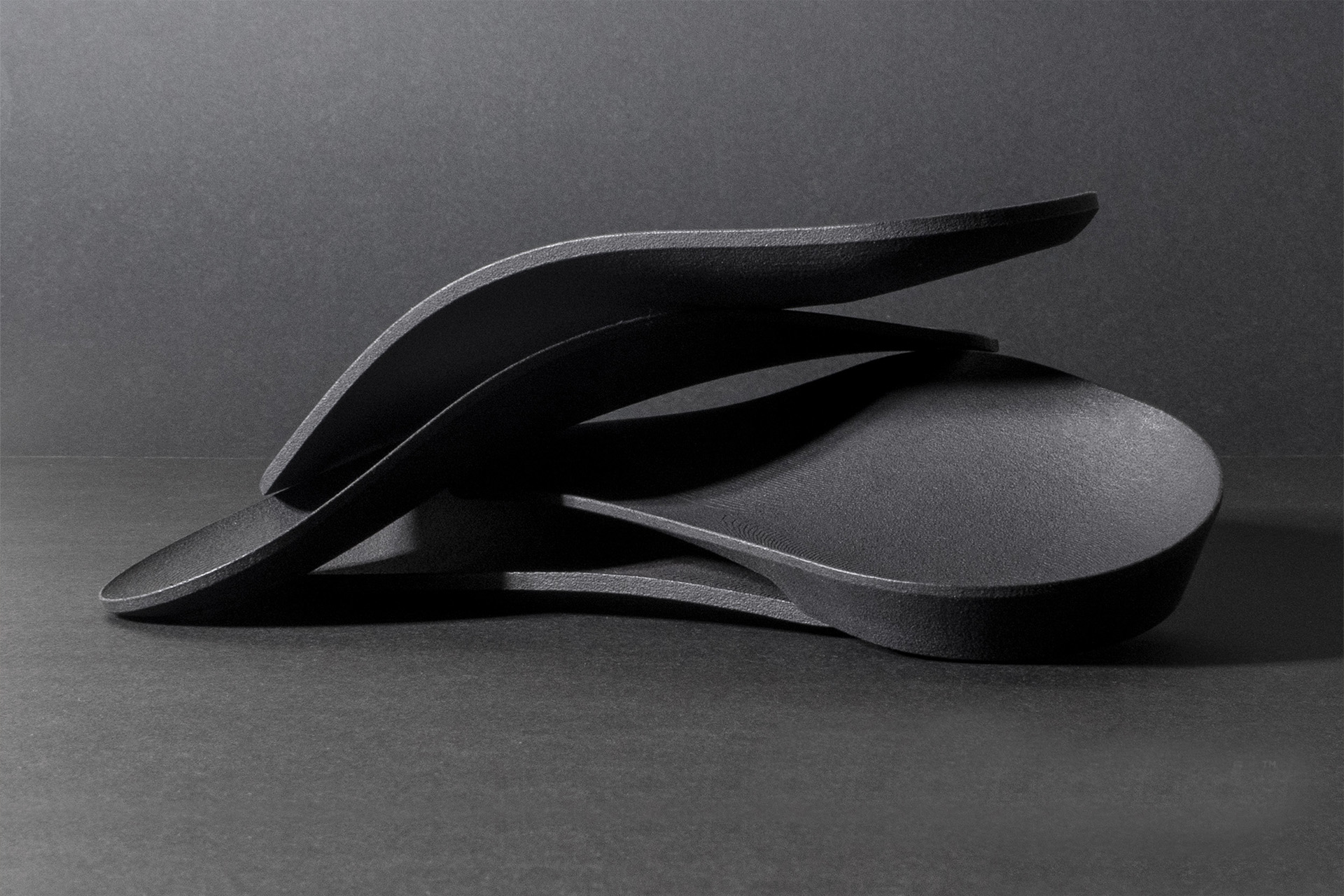
Take a Step towards Recovery from an Ankle Sprain
An ankle sprain may seem like a minor injury, but proper treatment is essential to ensure complete recovery and prevent chronic instability. Understanding the severity of your injury and following appropriate treatment protocols significantly improves outcomes.
Whether you’re dealing with a mild twist or a severe sprained ankle, the keys to successful recovery include prompt initial treatment, appropriate rest, and progressive rehabilitation. If you’re unsure about the severity of your injury or if symptoms persist despite home treatment, consulting with a podiatrist or other healthcare professional is always advisable.
Remember that each ankle sprain — and each person — is unique. Listening to your body and adjusting activities based on your symptoms will support optimal healing and help you return safely to your normal activities.
If you’re experiencing ankle pain or instability, contact The Foot Practice today to schedule a comprehensive assessment. Our experienced team can provide personalised guidance for your injured ankle remedies and help you develop strategies to prevent future sprains.


